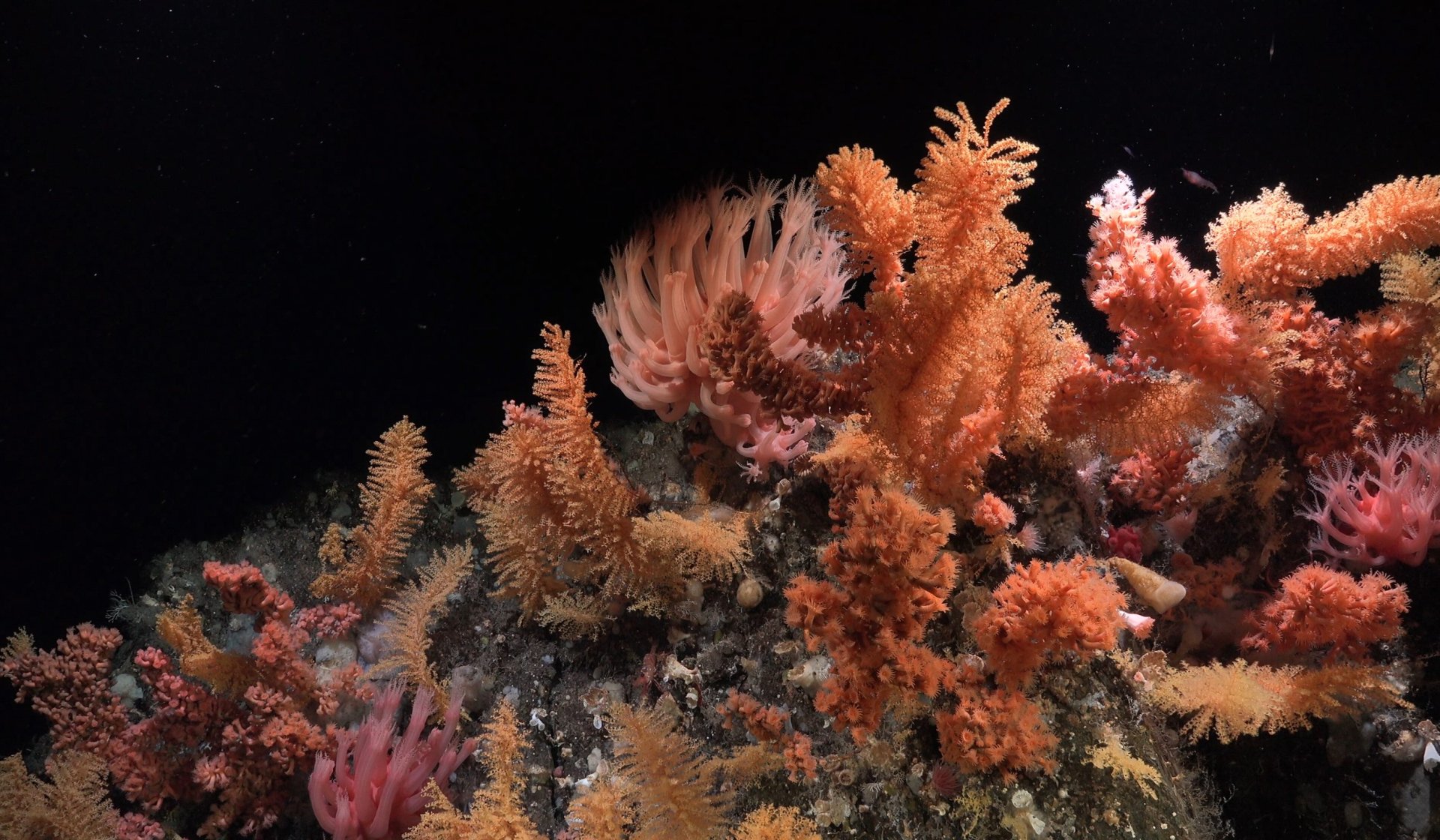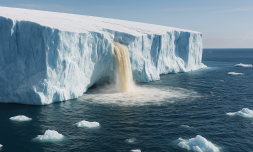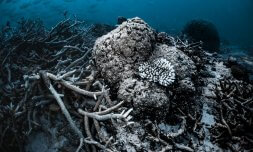While exploring the Southern ocean’s deepest trench, scientists encountered hydrothermal vents, lush coral gardens, and more previously unseen marine species.
While many of us grew up hearing spooky stories about giant squid lurking in the deepest parts of the ocean, scientists had never been able to confirm the existence of the largest of all – the ‘colossal squid’ – until now.
The 100-year search for the species ended last month thanks to scientists and crew on a 35-day expedition in the Southern Ocean near Antarctica. Working with the Schmidt Ocean Institute and using a remotely operated submarine called SuBastian, the researchers encountered a juvenile colossal squid at a depth of almost 600 metres (2,000 feet).
When fully grown, the colossal squid reaches sizers greater than any other invertebrate on our planet, growing to six or seven metres long (23 feet). The on board team was the first to get proper photo and video of one living one in the wild, with the first sighting recorded as ‘incomplete’ in 1925.
Dr. Kat Bolstad of the Auckland University of Technology called the sighting ‘humbling,’ and reflected on how strange it is that these creatures ‘have no idea humans exist’.
But that’s not all the team has encountered during their time in one of the coldest and most isolated submarine trenches on earth. The team discovered were shocked to learn of the presence of hydrothermal vents, lush coral gardens, and numbers other marine species.





















